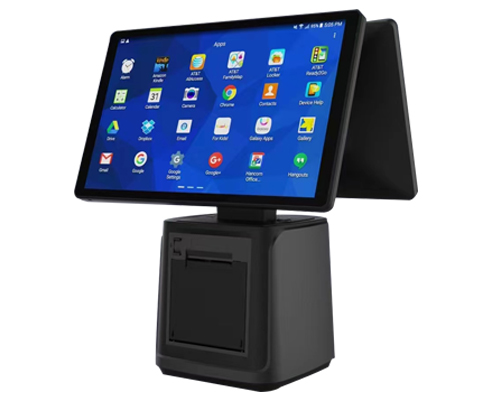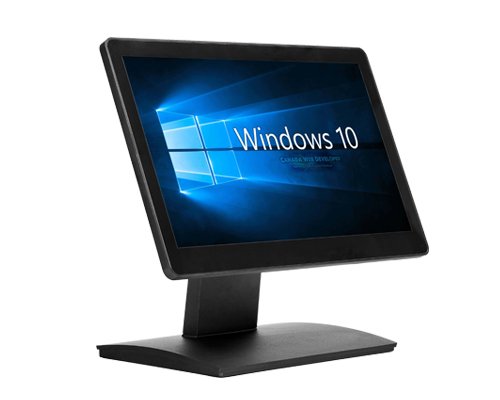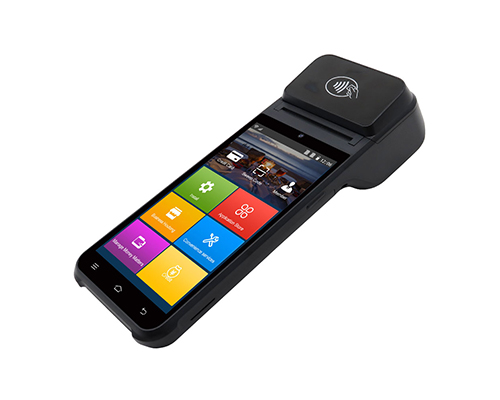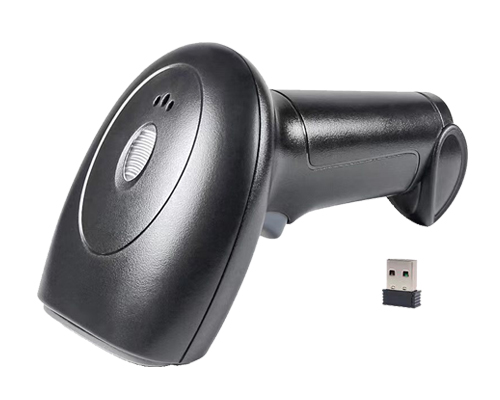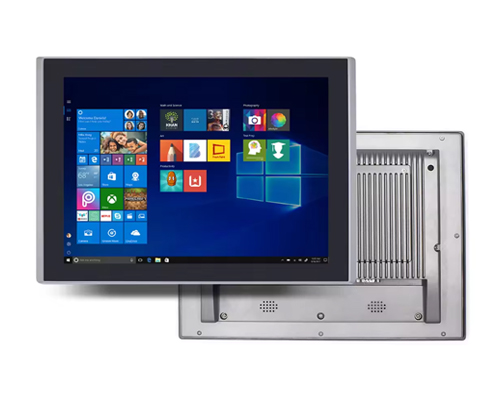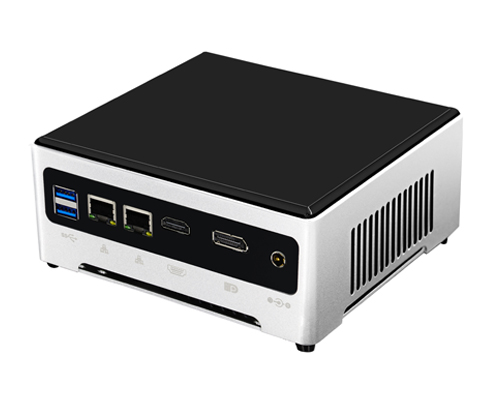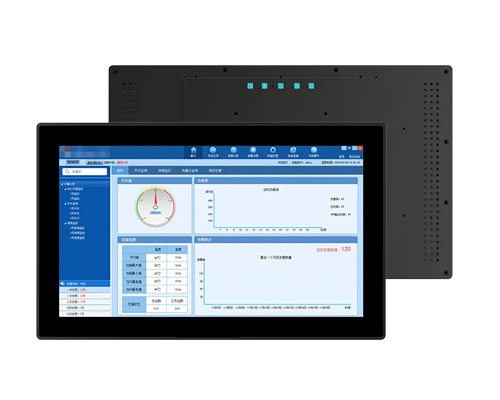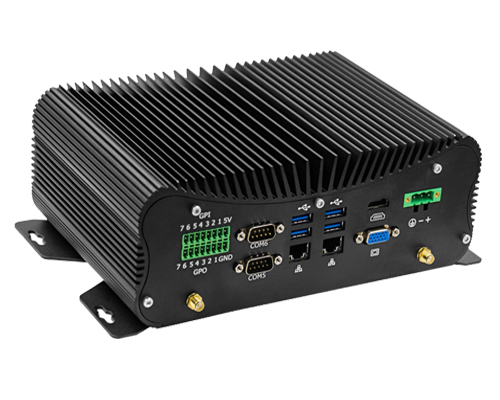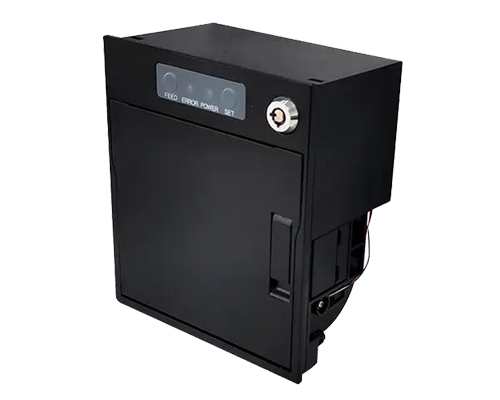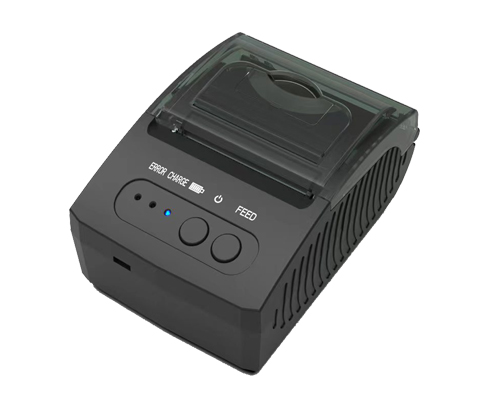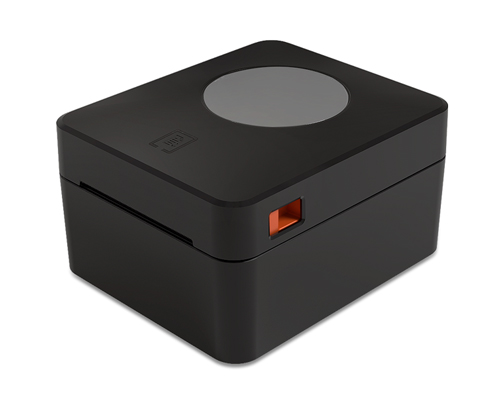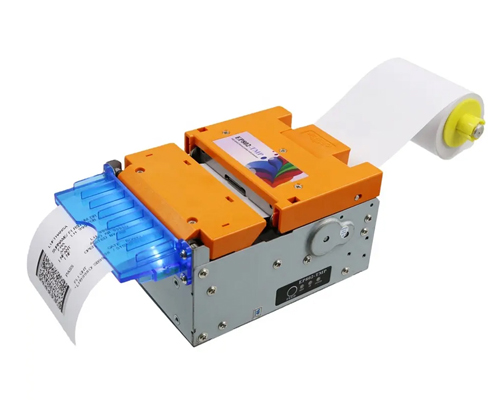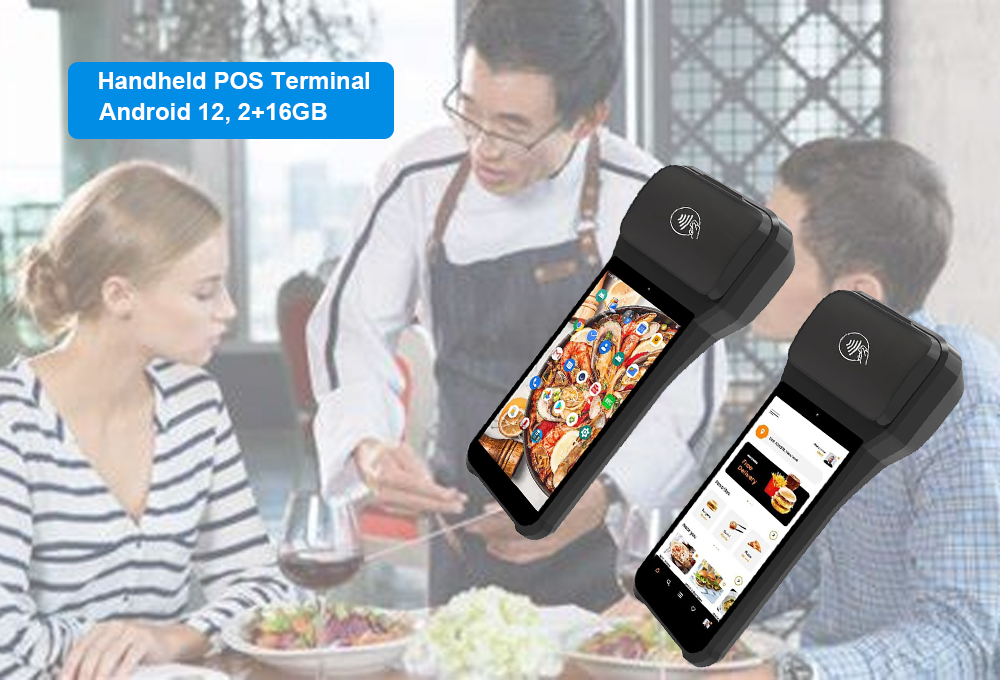
- Portability: As the name suggests, handheld POS systems are designed to be carried in hand, making them ideal for on-the-go sales or for businesses that don’t have a fixed checkout area.
- Ease of Use: They often have user-friendly interfaces that are easy to navigate, even for staff who are not tech-savvy.
- Wireless Connectivity: Most modern handheld POS devices offer wireless connectivity, allowing them to connect to the internet and process payments without the need for a physical connection to a cash register or computer.
- Payment Processing: They can accept various payment methods, including credit cards, debit cards, and contactless payments like Apple Pay or Google Wallet.
- Inventory Management: Many handheld POS systems come with inventory tracking capabilities, allowing businesses to keep track of their stock levels.
- Customer Relationship Management (CRM): Some systems include CRM features to help businesses manage customer information and sales history.
- Reporting and Analytics: They can generate sales reports and provide insights into business performance, which can be useful for making informed business decisions.
- Integration: Handheld POS systems can often integrate with other business software, such as accounting programs, to streamline operations.
- Durability: Designed to withstand the rigors of daily use, these devices are typically built to be robust and durable.
- Versatility: They can be used in a variety of retail environments, from small boutiques to large supermarkets, and even at pop-up shops or trade shows.
Handheld POS systems are particularly useful for businesses that require flexibility and mobility in their sales process. They offer a convenient way to manage sales transactions and customer interactions in a mobile and efficient manner.
Certainly! Handheld POS systems can be particularly useful for food ordering in a variety of settings, such as restaurants, cafes, food trucks, and catering services. Here’s how they typically work for food ordering:
- Order Taking: Waitstaff or servers can use the handheld device to take orders directly from customers at their table. The handheld POS has a user interface that displays the menu, and the server can select items as the customer orders them.
- Customization: Customers often have specific requests or dietary restrictions. Handheld POS systems allow for easy customization of orders, such as adding or removing ingredients, choosing a side, or specifying a cooking preference.
- Payment Processing: Once the order is complete, the customer can pay directly through the handheld device. The device can process various payment methods, including credit cards, mobile wallets, and contactless payments.
- Order Sending: The handheld POS can send the order to the kitchen or preparation area wirelessly. This can be done through a direct connection to the kitchen’s display screens or printers, or via a connection to a central server that then relays the order to the kitchen.
- Kitchen Display Systems (KDS): In many cases, the handheld POS is integrated with a Kitchen Display System, which allows the kitchen staff to see orders as they come in. This can help streamline the preparation process and ensure that orders are fulfilled accurately and efficiently.
- Table Management: Handheld POS systems can also help with table management, allowing servers to see which tables are occupied, available, or need clearing. This can improve the overall dining experience and operational efficiency.
- Customer Interaction: Servers can use the handheld device to interact with customers in a more personal way. They can upsell items, suggest menu options, or provide information about the dishes without having to leave the table.
- Real-time Updates: If there are changes to the menu or if certain items run out, the handheld POS can be updated in real-time, ensuring that the most current information is available to the staff.
- Reporting and Analytics: At the end of the shift or day, the handheld POS can generate reports on sales, popular items, and customer spending habits. This data can be used to make informed decisions about inventory, menu planning, and staffing.
- Loyalty and CRM: Some handheld POS systems include customer relationship management (CRM) features that allow businesses to track customer preferences, spending, and loyalty program participation.
- Portability: The handheld nature of these devices means that staff can move around freely, improving service speed and customer engagement without being tied to a stationary terminal.
- Offline Functionality: Even in areas with poor connectivity, many handheld POS systems can operate offline, allowing orders to be taken and processed, with the transaction being completed once the device is back online.
By integrating handheld POS systems into the food ordering process, establishments can enhance customer service, improve operational efficiency, and potentially increase sales through better upselling and cross-selling opportunities.
Z93 handheld pos terminal is running Android 12 OS, 2GB RAM + 16GB ROM, built-in high speed 80mm thermal printer, can print 58mm paper too, support label printing and receipt printing. NFC android reader is supported too. Pls feel free contact us if you have interest.

